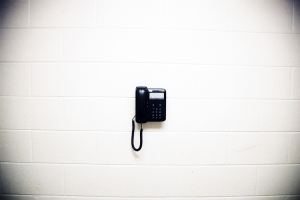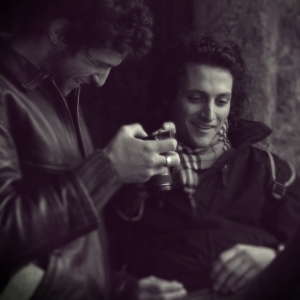There is a song I wrote that is on my solo/acoustic album, Unsent Letters, called “Leave it to Chance.” When I was writing this song, I knew exactly what I wanted the song to be about, and I had lyric ideas. I didn’t know what chord progression I wanted to use though. I didn’t have a melody either. So I wrote down a bunch of major and minor chords and threw them in a hat. I pulled out three pieces of paper, and that became my chord progression, which helped me find a melody.
Sometimes you just get a little stuck, and you need something to help you get started. This is one of my favorite writing exercises.
1. Take three hats, bowls, or containers. One of them will be for characters, one of them will be for locations, one of them will be for possible conflicts.
2. Write down some characters on small pieces of paper. Here’s a list to get you started:
– a baker who hates toasters
– a female drug addict in her 70s
– a male wedding DJ
– someone who is transgendered
– a teenage boy who can’t drive
– a cat who has insomnia
– a divorced truck driver
– a 20-something guy who only uses rainwater
– a grandfather who lives alone
– a girl who wants to learn how to swallow swords
3. Write down some locations on small pieces of paper. Here’s a list to get you started.
– Nebraska
– London
– Florida
– Chicago
– Texas
– the moon
– a farm
– a high school gym
– prison
– suburbia
4. Write down some potential conflicts on small pieces of paper. Here’s a list to get you started.
– divorce/break up
– someone finds out they were adopted
– someone gets something stolen
– fighting over the last piece of pie
– a snow fight
– someone has to give up an addiction
– someone gets injured
– an incorrect rumor is going around about someone
– an important electronic breaks
– natural disaster
– an asteroid falls from the sky
5. Place all of your pieces of paper in the respective hats or bowls. Draw one character, one location, and one potential conflict. Write a short story, a poem, a short play, a short film, etc. that somehow incorporates all three.
This will force you to be creative. For example, if you get “a cat who has insomnia,” “Texas,” and “snow fight,” that could go so many different ways! (Someone please write that story. I want to read it!)
Variations
– only draw a piece of paper from one category and start your story there
– pick two or three characters and use all of them
– instead of character, location, and potential conflict, you could also use categories like title, a line of dialogue, length of the story, food item that must be incorporated, anything else you can think of!
Obviously, you can come up with an infinite amount of characters, locations, or potential conflicts. This can be a really fun game, and you might end up writing something you never would have written otherwise.
Feel free to post your stories here! I’d love to see what you come up with! Happy writing!





